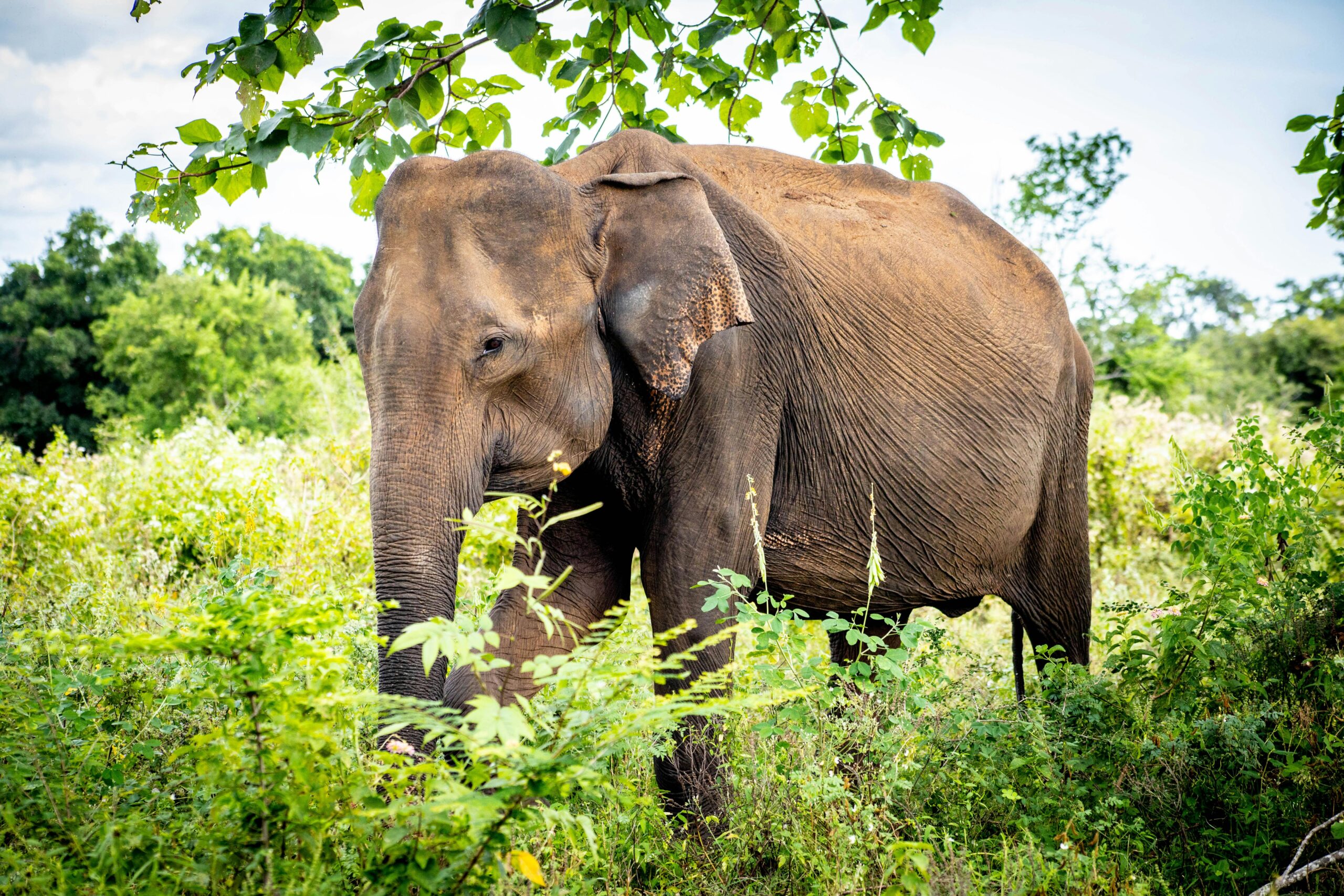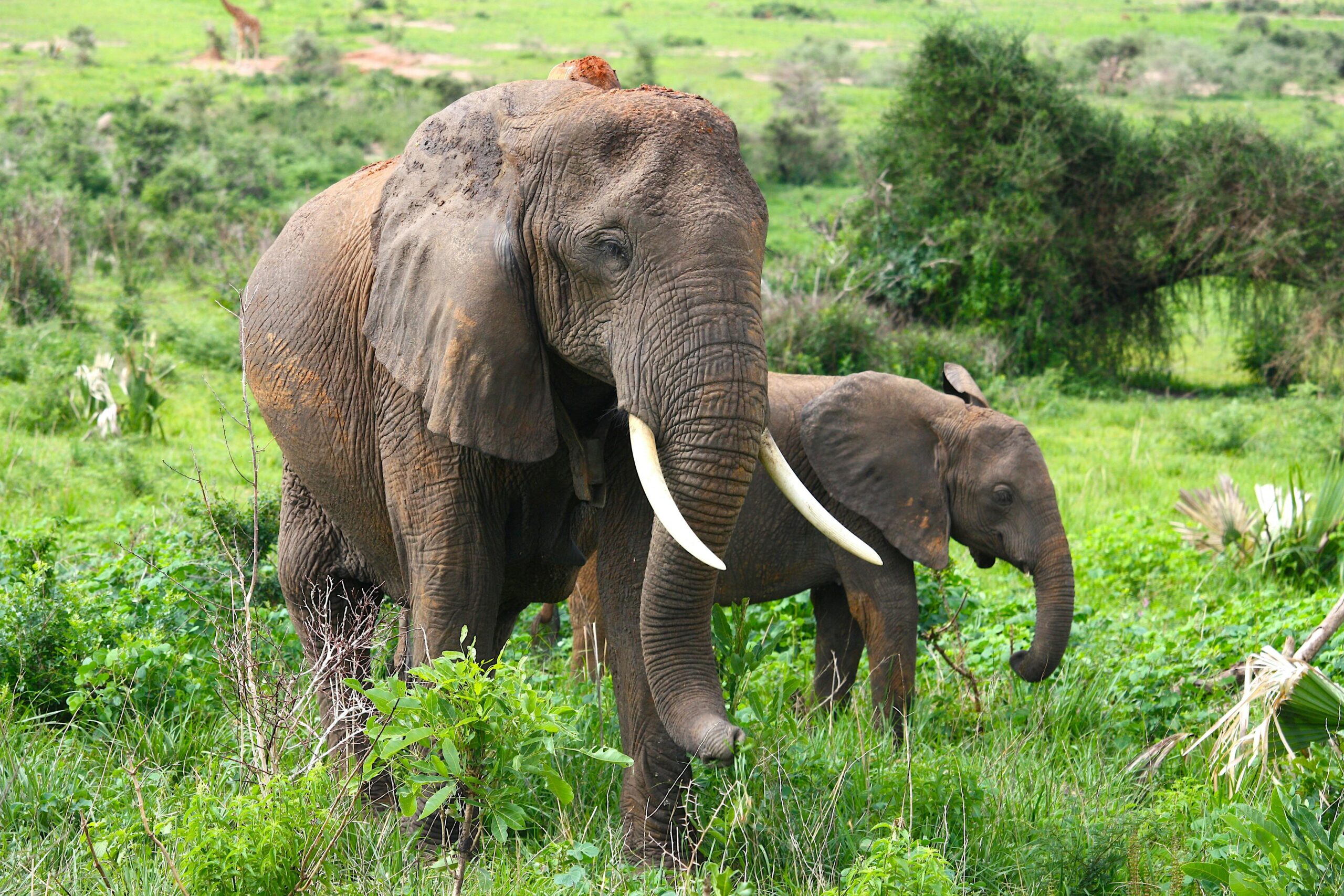Mount Kenya is not only known for its breathtaking landscapes and towering peaks but also for its vibrant wildlife, particularly the majestic elephants that roam its slopes. These gentle giants are an integral part of the mountain’s ecosystem, offering visitors a unique and awe-inspiring experience. Observing elephants in their natural habitat on Mount Kenya is more than just a wildlife encounter—it’s a journey into the heart of one of nature’s most magnificent creations.
Elephants of Mount Kenya: A Vital Presence
The elephants found on Mount Kenya are primarily African savanna elephants, a subspecies of the African elephant. These creatures are among the largest land mammals on Earth, with males often weighing up to 6 tonnes. Their imposing size and calm demeanor make them a symbol of strength and tranquility, captivating all who are lucky enough to witness them.
Elephants play a crucial role in maintaining the delicate balance of Mount Kenya’s ecosystem. As they move through the montane forests and grasslands, they help disperse seeds, clear pathways for smaller animals, and shape the landscape in ways that promote biodiversity.
Where to Spot Elephants on Mount Kenya
The lower slopes of Mount Kenya, covered in dense montane forests and open savannah grasslands, are the primary habitats for elephants. These areas provide them with ample food and water, as well as the cover they need for safety.
- Mount Kenya Forest Reserve: This area is a hotspot for elephant activity. Visitors hiking or on guided tours often spot herds grazing or moving through the forest.
- Northern and Eastern Slopes: These regions, less frequented by tourists, offer a more secluded experience for elephant sightings, especially for those willing to explore off the beaten path.
Elephant Behavior: What Makes Them Fascinating
Elephants are known for their intelligence, emotional depth, and complex social structures. Observing them in the wild on Mount Kenya offers a glimpse into their fascinating world:
- Family Bonds: Elephants live in tight-knit herds led by a matriarch, often an older and experienced female. The matriarch guides the group in search of food, water, and safety, showcasing their remarkable memory and leadership skills.
- Communication: Elephants use a variety of sounds, from trumpeting calls to low-frequency rumbles that can travel long distances, to communicate with one another.
- Playful Nature: Watching young elephants play and interact is a delight. They mimic adult behaviors, roll in mud, and explore their surroundings with curiosity.
- Migration Patterns: Elephants on Mount Kenya often migrate between the mountain’s forests and the adjacent plains, following seasonal changes in vegetation and water availability.
Conservation Efforts: Protecting Mount Kenya’s Elephants
Despite their majestic presence, elephants face numerous threats, including habitat loss and human-wildlife conflict. Conservation efforts around Mount Kenya have been instrumental in protecting these animals and ensuring their survival.
- Mount Kenya Trust: This organization works tirelessly to protect the mountain’s forests and wildlife, focusing on mitigating human-elephant conflict and promoting coexistence.
- Anti-Poaching Initiatives: Local communities and authorities collaborate to monitor elephant populations and deter poaching activities.
- Habitat Restoration: Efforts to reforest areas around Mount Kenya ensure that elephants have enough space and resources to thrive.
The Cultural Significance of Elephants
For the local communities living around Mount Kenya, elephants hold significant cultural and symbolic value. They are often regarded as symbols of wisdom, strength, and endurance. Traditional stories and folklore frequently highlight the elephant’s role as a guardian of the land, further cementing its importance in the region’s heritage.
How to Experience Elephants on Mount Kenya
Experiencing elephants on Mount Kenya is a must for nature enthusiasts. Here’s how you can make the most of your visit:
- Guided Safaris: Local guides have expert knowledge of elephant behavior and habitats, offering a safe and informative experience.
- Hiking Trails: While exploring the lower slopes, keep an eye out for fresh tracks, dung, or even the gentle rustle of elephants moving through the forest.
- Eco-Tourism Lodges: Stay at lodges near elephant corridors to increase your chances of sightings while supporting conservation efforts.
Why Elephants on Mount Kenya Are Special
The elephants of Mount Kenya are more than just inhabitants of the mountain—they are its heartbeat. Their presence enriches the landscape, and their survival is a testament to the mountain’s ecological vitality. Watching a herd of elephants move gracefully through the forest or observing a lone bull grazing in the golden light of dusk is a moment that connects you deeply to the natural world.
A Call to Witness Their Majesty
Visiting Mount Kenya to witness its elephants is an experience that goes beyond wildlife viewing. It’s an opportunity to marvel at one of nature’s most awe-inspiring creations, to learn about their vital role in the ecosystem, and to contribute to their conservation.
The elephants of Mount Kenya invite you to step into their world—a world of strength, wisdom, and beauty. Answer the call and discover the magic of these magnificent giants in their pristine habitat.




